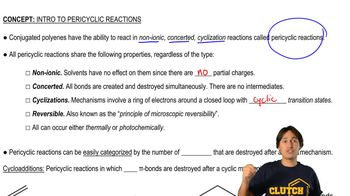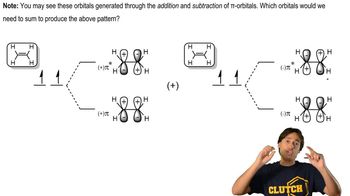Benzene undergoes electrophilic aromatic substitution reactions with aziridines in the presence of a Lewis acid such as AlCl3.
a. What are the major and minor products of the following reaction?
b. Would you expect epoxides to undergo similar reactions?







